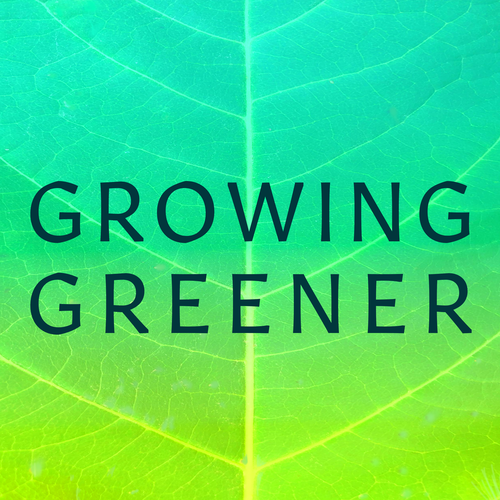Wildlife biologist Ken Bevis discusses the many benefits to biodiversity of “snags,” standing dead trees, and how to incorporate them safely and aesthetically into our gardens.
Celebrate Thanksgiving with Pawpaws – a North American native fruit ideal for the home gardener
In a replay of a conversation from September of 2023, Sheri Crabtree of Kentucky State University describes the northernmost species of the tropical custard apple family, the pawpaw, which offers delicious tropical flavor, a creamy texture, and thrives in the backyard garden as far north as USDA Zone 5.
Start from Seed for a Special Relationship with Your Native Plants
Coexistence with a garden nemesis
‘Good fences make good neighbors,’ especially, according to Vermonter Susan Shea, when it comes to gardeners and woodchucks. A nature writer and photographer, Shea details the extraordinary abilities of this native mammal, the important ecological and cultural roles it plays, and how to install a woodchuck-proof fence.
Edwina von Gal Closes the Loop
Everything that grows on your property – its “biomass” – should remain there even after death, says this award-winning garden designer and founder of the Perfect Earth Project. Fallen branches, leaves, even tree trunks as they decay reactivate a cycle essential to Nature’s health, and are an opportunity for a different kind of beauty.
Pollinators of the Night
Reading the Wildlife Stories in Your Garden
A Garden Masterpiece Designed to Evolve
Converting Landscape Professionals to Environmental Activists
Fighting Climate Change from the Bottom Up
Second Chance Composting
How We Created Weeds and Why We Need Them
Texan Pam Penick Shares Ideas for Integrating Native Plants into Traditional Gardens in Beautiful New Book
Finding Hope in Ecological Gardening
This Year’s “Less Lawn More Life Challenge” Goes Viral
Last May Growing Greener featured the challenge that Plan it Wild, a rewilding design and installation firm, posed to American homeowners: to replace 25 square feet of lawn with locally indigenous plants. Today we hear how nearly 10,000 people in 49 states committed to this 12-week online program, how backyard biodiversity flourished as a result, and how the challenge is expanding through neighborhoods to reach people who hadn’t previously considered devoting their landscapes to reinforcing the regional ecosystem.
America’s most beautiful neglected genus of keystone plants
The Path from Traditional Horticulture to Ecological Gardening – Part Two
Edwina Von Gal, founder and president of the Perfect Earth Project, completes her interview of Growing Greener host, Tom Christopher, exploring his path to ecological gardening, the hope he finds in the remarkable contributions of young colleagues, and the most effective ways to reach out to the broader gardening public.
The Path from Traditional Horticulture to Ecological Gardening – Part One
A Female-Owned and Operated Gardening Cooperative Creates a New Business Model With Nature as “our foremost collaborator”
Andrea Hurd of Oakland, California describes the way she structured Mariposa Gardening and Design Cooperative, Inc. to provide employee equitability and management experience for women breaking into the field, and the firm’s commitment to celebrating the local landscape by enhancing habitat and working with indigenous materials.
Finding Opportunity in a Common Landscape Roadblock
Switching to more environmentally friendly practices is too often resisted by landscape professionals afraid to stray from familiar routines. Mariah Whitmore and Tony Piazza, both prominent landscape business owners in the eastern end of Long Island, New York, discuss how they are increasing profits by adding Nature friendly land care to their repertoire.

